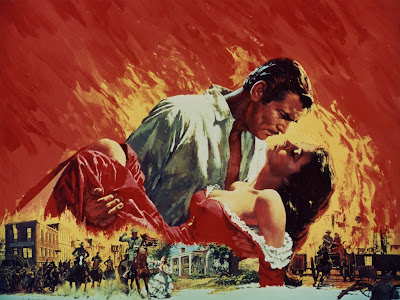The Lost Colony, as it is now colloquially called, was established on Roanoke Island in the Outer Banks of North Carolina. Colonists traveled from England in a series of three voyages beginning in 1585, overseen by Sir Walter Raleigh, who had been granted charter for the colony by Queen Elizabeth I. Voyages were led by artist John White, whose granddaughter Virginia Dare was the first English child born in North America.
In 1587, after failing to receive supplies from the motherland, White returned to England to request assistance from Sir Walter Raleigh, but the presence of the Spanish Armada caused the Queen to halt the sail of all ships for fear they would be overtaken by the enemy. Three years passed before White was able to sail back to America.
When White returned to Roanoke, he discovered that the settlers and their homes were completely gone - not burnt to the ground, not with arrows and tomahawks in the trees and rotting carcasses strewn about, but more as if the colony had never existed. All he found was the letters “CRO” carved into a tree and the word “Croatan” etched into a post. Unable to search deeper inland because the Queen apparently only allotted White to travel with the wimpiest crew of ocean-crossing explorers, he was unable to track down the missing colonists, who were never seen or heard from again.
 |
| Recreation of medieval-style fortress possibly used by Roanoke settlers. |
And while the feasibility of an alien abduction or cannibalism might be better suited for another Nicholas Cage movie (you’re welcome, Hollywood), the reality, according to most historians, is far more plausible.
The going got tough, and the tough got creative.
Historians believe the colonists, scared for their future and lacking in resources and supplies, joined a tribe of Native Americans, which seems to be a much more plausible theory among a group that considered siding with the Spanish rather than wait for help from the Brits. The colonists had a synergistic, collaborative relationship with the Native Americans, who showed them it was possible to survive off the land. Historians are now beginning to trace their trajectory, using British residents claiming to be relatives of those on the original journey to descendants of Native American tribes where people have been born blue-eyed and fair-skinned. As Jesse Pinkman would say, “Yeah, SCIENCE!”
Textbooks illustrated a much bloodier scenario, where the non-white, non-Christian “savages” tore through the colony, killing every single person they encountered and eliminating all evidence. Contrary to that gory theory, remains of disemboweled settlers (or any settlers at all) have never been discovered.
But why would a jingoistic take on history ever want students to think the earliest settlers got along with the Indians, let alone left to join them when things got rough? Unlike later settlers, these early pioneers were not looking for real estate. They were looking for riches. Therefore, the Indians did not pose a threat. It was no different than traveling to another country today. You like the people who live there and respect that this land is their land, not yours. Without the underlying sense of “olde tyme gentrification,” things will probably stay on the right side of harmony.
 |
| Looks friendly to us! |
In 1937, to commemorate the 350th anniversary of Virginia Dare’s birth, Paul Green’s production, The Lost Colony, debuted, depicting the settlers early days in America up until their mysterious disappearance. In 2012, the play celebrated its 75th season, ensuring the continuity of the story of the people of Roanoke and the civilization that vanished.
 |
| Not a bad spot for a play. |
Part of John White’s job was to accurately measure and illustrate images of the landscape, despite having no experience as a cartographer or geographer. One of these maps, entitled La Virginea Pars and dated to 1586, was discovered in 2012 to be an exact match to an ariel photograph taken in modern times. Symbols on the map, studied by researchers at the First Colony Foundation, are believed to indicate that some colonists moved inland and possibly to Jamestown, as they were instructed to do if survival was threatened.
 |
| La Virginea Pars. |
After our meeting with Massey, we watched a film at the visitors’ center about the Lost Colony. To our dismay, the film depicted exactly what our middle school textbooks had - that the colonists were probably chased off and murdered by Indians. Deflated, especially after such an enlightening conversation with a man who was not a park ranger and is a lifelong devotee of the history of Roanoke, we heaved a collective sigh and went on our way.
And by that, of course, we mean we realized that the red-man was responsible for the failure of Roanoke, before going out and buying an SUV and playing a round of golf. Forget you read any suggestion otherwise about the fate of the Roanoke colony and rise for the flag salute!



























